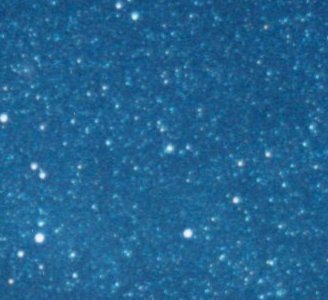
 |
Phi Cassiopeia, in the heart of Cassiopeia's Milky Way, lies at the center of the picture between Ruchbah (Delta Cas) down and a bit to the right of Phi and the two Marfaks up and to the left (Theta and Mu, the former the brighter of the two). Gamma Cas shines at lower left, Achird (Eta) near the left center edge. Between the two are Upsilon-1 (the upper) and Upsilon-2. Immediately down and to the left of Phi is the cluster NGC 457, which was thought to be host to the star, but apparently is not, the star lying in the foreground. North is down and a bit to the left. |